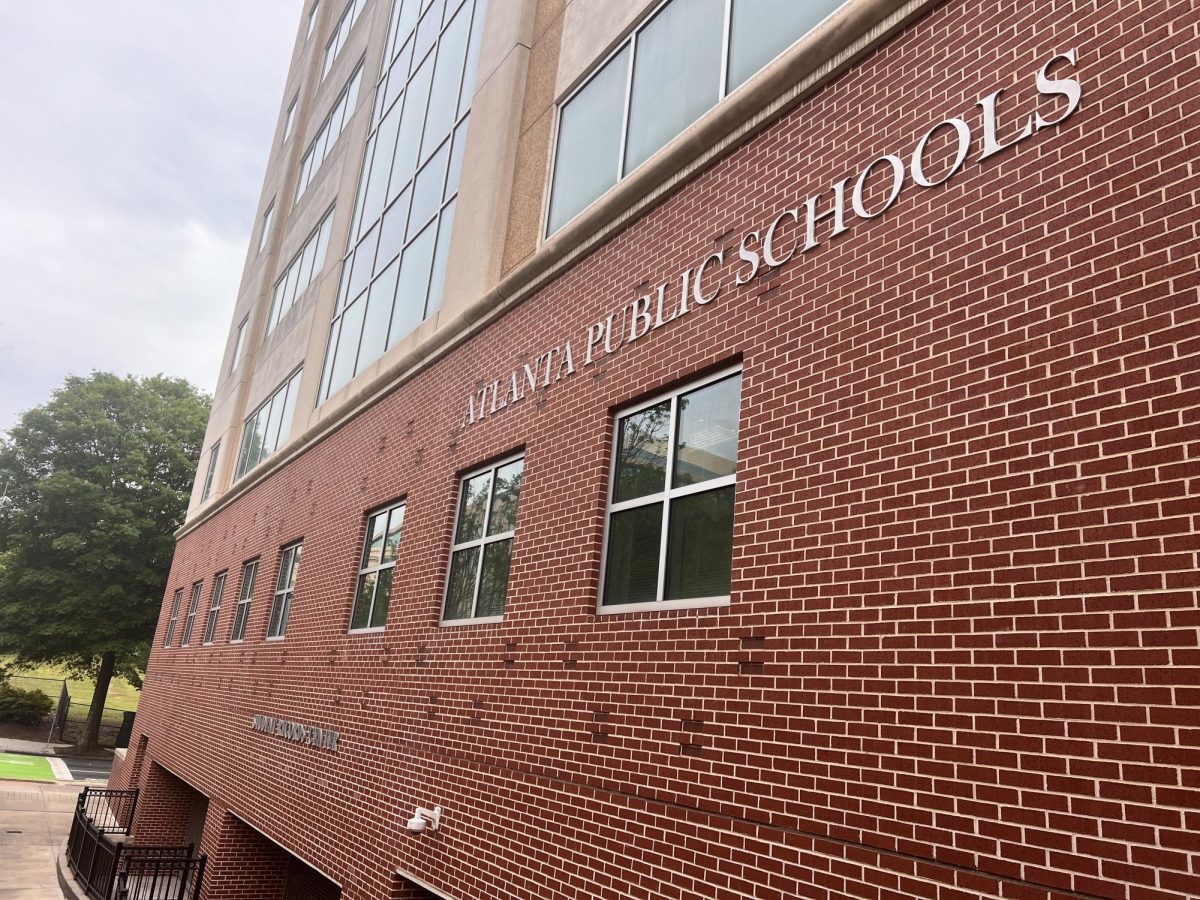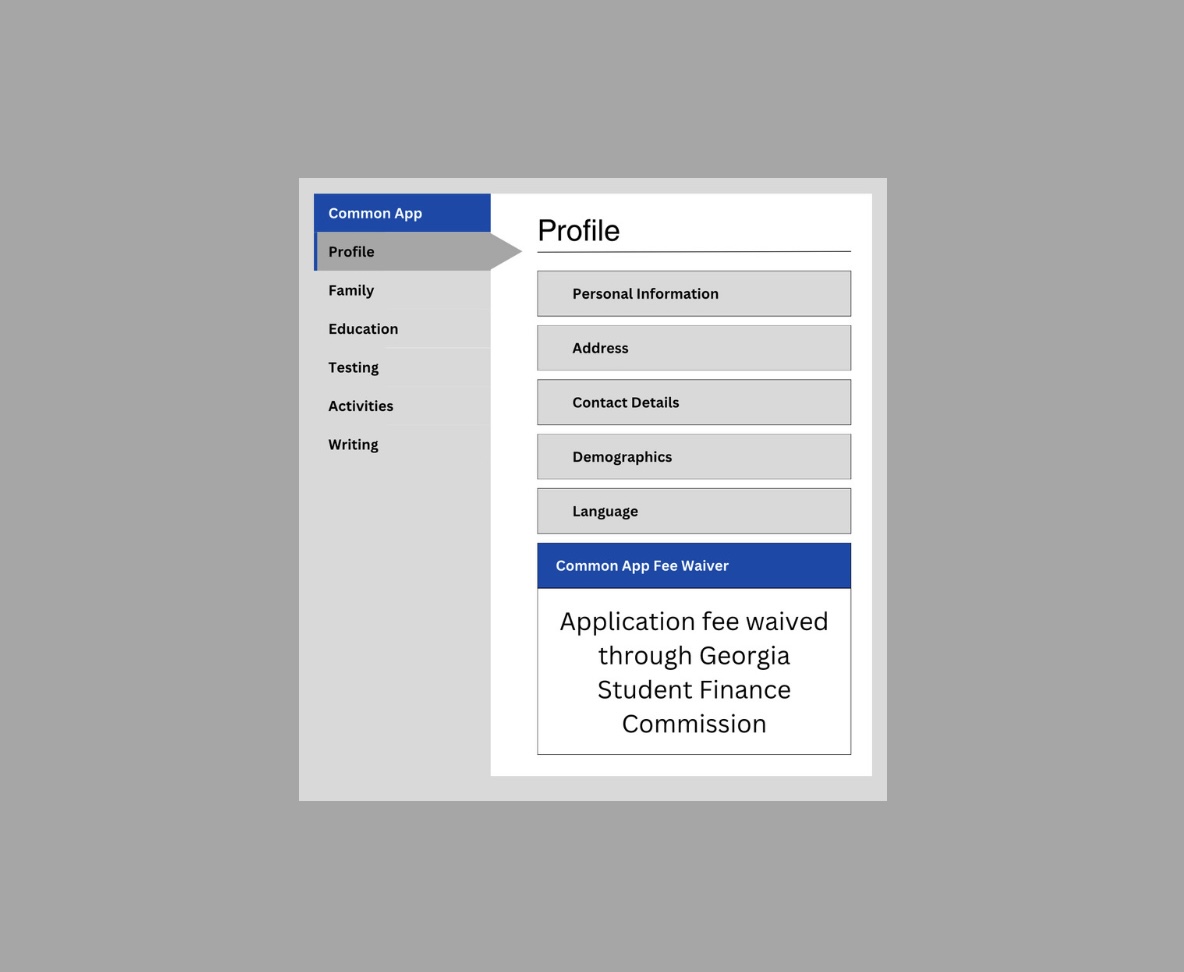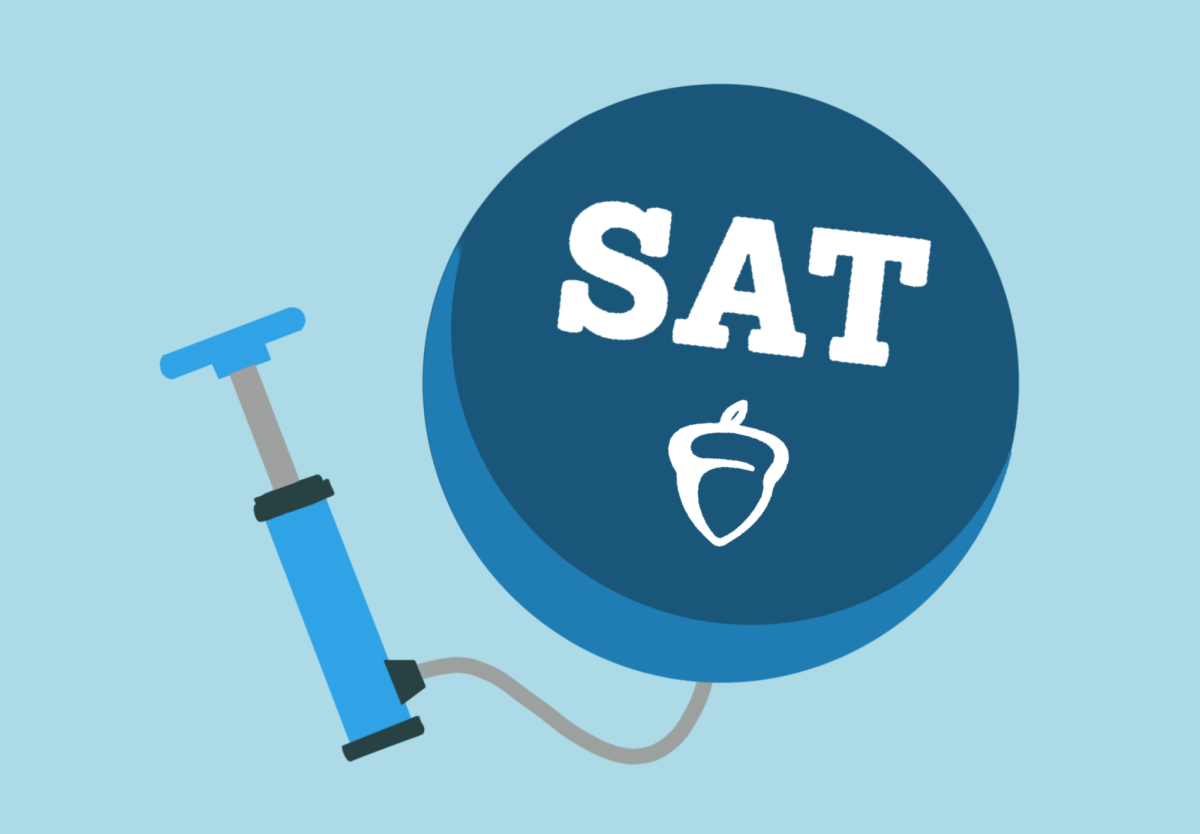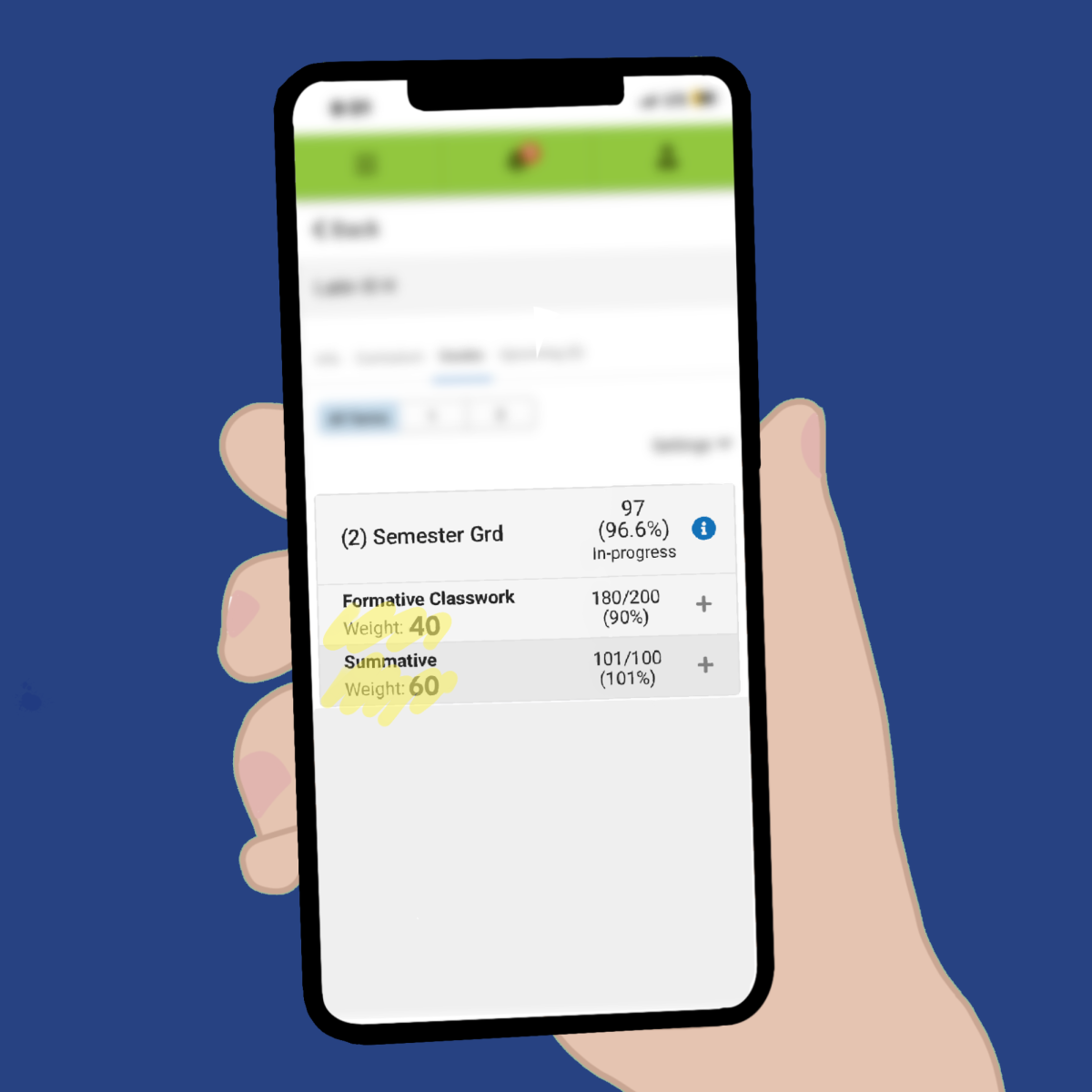Costs prohibit program’s possibility
Bailey Kish
As we begin to rely on computers to perform more and more tasks in our day-to-day lives, one place that has escaped the influence of computers has been the classroom. While computers can be used in classrooms, they are used sporadically and, for all their benefits, computers cannot replace good teachers.
Providing a laptop to all students is simply unrealistic for Grady. The school currently has 1,360 students enrolled. Even a relatively cheap Chromebook costs $300. While this may seem rather affordable to an individual, Chromebooks have limited capabilities, low memory, and require an internet connection to run most programs, a resource not always in abundant supply at Grady. Even at this modest price, Grady would have to spend between $30,000—$90,000 to provide a laptop for every entering class of students (the school could apply for a discounted educational rate). Instructional coach Byron Barnes added there could be even more issues with Chromebooks.
“The Information Technology guys or someone in that department would have to let us know or assess whether or not a Google Chrome device, from a security standpoint, would even work in an APS environment,” Barnes said.
These projected costs do not take into account the increased maintenance costs that would accompany nearly 1,400 new computers. The devices would have to be catalogued and monitored by multiple IT personnel. The IT department would be responsible for not only fixing any tech issues that would inevitably arise, but also for installing and updating software, such as firewalls and educational programs. In order to stay up to date, the whole fleet of new laptops would have to be replaced every five to 10 years, incurring even higher costs.
Providing laptops to all students is not only a huge financial burden, it’s a logistical nightmare. Grady doesn’t have any sort of rules or protocol in place to deal with this. Would students be allowed to take the laptops home? What happens if a computer is stolen? What sort of network filter would be installed? What if a device is infected with a virus that spreads? There are nearly infinite permutations of events that could conspire; Grady is prepared for none of them.
Principal Timothy Guiney doesn’t see an investment in laptops coming anytime soon.
“[Buying new laptops] is a challenge because when you make a decision like this it is an investment that is ongoing,” Guiney said. “You have to prescribe money to it year after year after year because you know that laptops have a [short] shelf life, you know that you have to pay for maintenance and you know that you’ll have to build in something either through insurance or some other type of way to factor in the fact that some will get damaged.”
Guiney added that such a program could only result from a grant of some sort.
“It would only be if the district were able to find a way to support an implementation [of such a system],” Guiney said. “But through our district money, or through our school-level monies, we don’t have that type of funding.”
Finally, are laptops even worth their costs? Computers can be useful in a classroom — there’s no doubt about that. But computers are only useful when utilized as an educational tool and not as a distraction, or worse, a crutch. A teacher can’t be sure if a student is paying attention if every student is staring at a computer screen, and there’s no way to prevent students from goofing off and using the laptop for non-educational activities while in class. Even if laptops are implemented smoothly, and used correctly in every class, there’s no way to ensure computers won’t eventually replace quality teaching. Everyone has sat through a class in which a teacher simply plays videos rather than teaching. Laptops allow teachers to hide behind the claim that their students are “working,” when in reality nothing is being accomplished. While a good idea on paper, a laptop for every student is a costly procedure, a logistical nightmare, and a slippery slope for Grady to head down. I certainly believe that students should receive the newest or best learning tools. Laptops, however, simply do not fit the bill.
Laptops provide needed class support
Max Rafferty
Providing cheap, yet reliable laptops to all students would benefit everyone. Students would have consistent access to the numerous learning tools on the internet; Grady would save money on textbooks, printing and copying, while increasing technical literacy among students.
The biggest benefit of providing students with laptops is the savings. Though laptops would require a large up-front payment, they would, in the long term, eventually pay for themselves. The largest monetary advantage of laptops is their ability to deliver online textbooks to students. Online textbooks are cheaper because they don’t need to be printed or shipped, and they never need to be replaced early due to damage. There are many other benefits. Teachers would not have to worry about students losing or not returning books, which wouldn’t have to be moved between schools and classrooms when demands change. Furthermore, many online books come with interactive sections.
Grady could also save money on printing with increased computer availability. By keeping assignments online, teachers would avoid printing large supplemental texts, worksheets and rubrics. Teachers would also have more freedom to use flipped classroom models if students were guaranteed to have computers. Students would have fewer papers to keep track of, and the issue of bad handwriting would no longer be relevant.
Education is becoming increasingly more digital, and giving each student a laptop would put Grady at the forefront of education. For example, SLO administration is already done entirely online, but transitioning other standardized tests online could help avoid scheduling and security issues arising from handling physical test copies. Issues such as the CRCT cheating scandal could have been avoided if testing made use of computers.
The switch wouldn’t be difficult. Many teachers already use online learning platforms such as Edmodo to distribute assignments, but they are limited by the fact that most classrooms only have three or four computers.
Providing the computers could be inexpensive. Because the computers would only need to be able to handle basic word processing and internet research, cheap offerings such as Chromebooks (offered to schools for as little as $99 each), would provide all the power that students need.
To put it in concrete terms, the up-front cost of outfitting every incoming Grady student with a new computer would be about $30,000 per year, which is just .2 percent of the $15 million Atlanta Public Schools’ non-salary Information Technology budget.
For several reasons, this is probably an overestimate. Students could opt out if they had their own laptops, or if they would prefer to not worry about a computer. This switch would also allow Grady to remove its many flawed current computers, a move that is already needed.
The virtual desktop system, for example, is clunky and slow, taking several minutes just to log in at peak hours. By making this switch, Grady could also eliminate the Mac labs, which are far too powerful and expensive since we only use them for online testing and PowerPoints.
Liability would be less than our current textbook system as well because students would only have a single $100 laptop to keep track of instead of multiple $80 textbooks.
Concerns about students wasting their time on computers with games or social media are overplayed as well. Not only do the vast majority of students already have access to these distractions through smartphones, but these distractions are also a part of everyday life. Learning to balance work and play is just as crucial a component of education as math or English.
The U.S. Department of Commerce reports that 96 percent of working Americans use “new technology,” computers and tablets, in their jobs, and that the internet forms an “integral part” of 62 percent of jobs.
The fact of the matter is that real life doesn’t happen on worksheets. Not only would providing each student with a laptop be more efficient and convenient, it also would give them the crucial skills to succeed in the modern world.


















